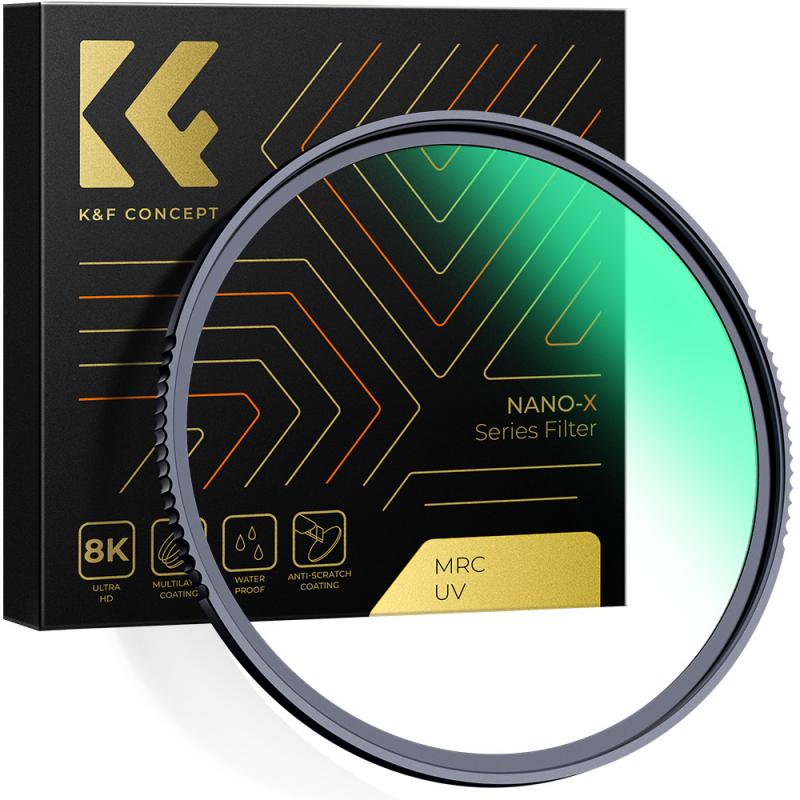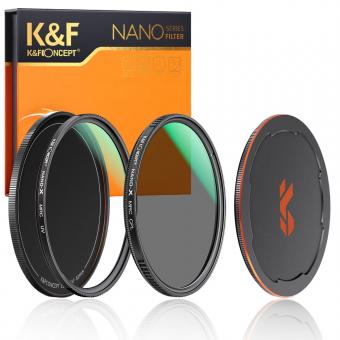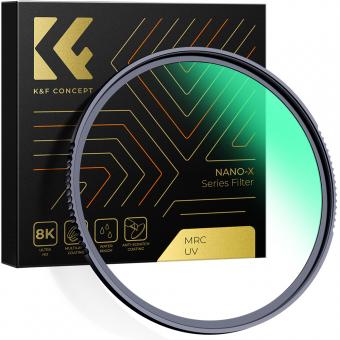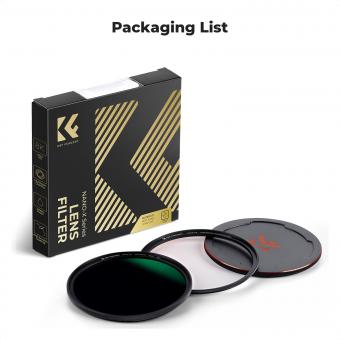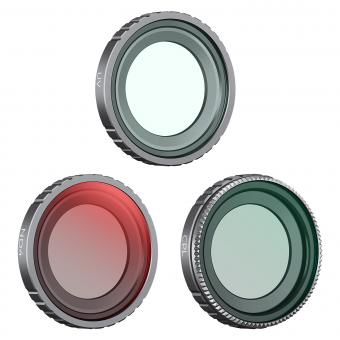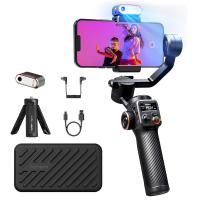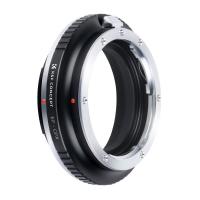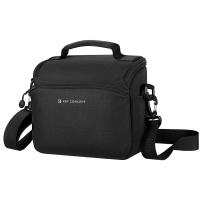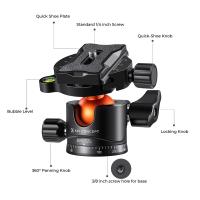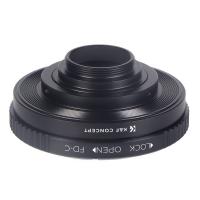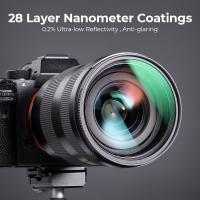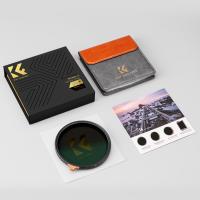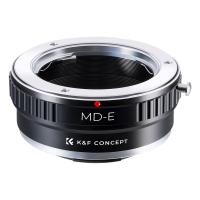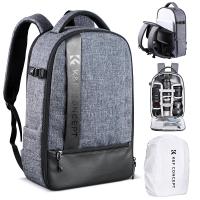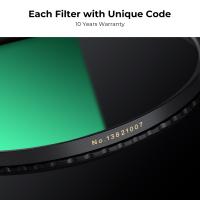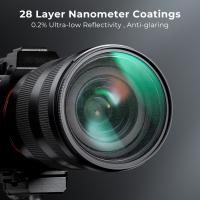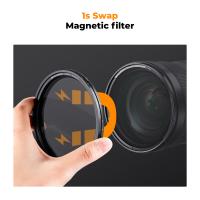What Does Uv Filter Do Camera ?
A UV filter is a transparent filter that is placed on the front of a camera lens. Its main purpose is to block ultraviolet (UV) light from entering the camera sensor. UV light can cause hazy and bluish images, especially in outdoor photography. By using a UV filter, photographers can reduce the effects of UV light and achieve clearer and more accurate colors in their photographs. Additionally, UV filters also provide protection to the camera lens from scratches, dust, and moisture. They are easy to attach and remove, making them a popular accessory for many photographers.
1、 Reduces ultraviolet light to improve image clarity and sharpness.
A UV filter is a transparent filter that is placed on the front of a camera lens to reduce the amount of ultraviolet (UV) light that enters the camera. The primary purpose of a UV filter is to improve image clarity and sharpness by reducing the effects of UV light, which can cause haziness and a bluish cast in photographs.
UV light is present in abundance in outdoor environments, especially on sunny days. While the human eye cannot see UV light, it can have a significant impact on the quality of photographs. UV light has shorter wavelengths than visible light, and it can scatter and cause unwanted reflections in images. This can result in reduced contrast, loss of detail, and a general decrease in image quality.
By using a UV filter, photographers can effectively block UV light from reaching the camera's sensor, resulting in clearer and sharper images. Additionally, UV filters can also provide protection for the camera lens itself. They act as a barrier against dust, moisture, and scratches, which can potentially damage the lens.
However, it is important to note that the necessity of UV filters has been a topic of debate among photographers in recent years. With advancements in lens coatings and digital image processing, the impact of UV light on image quality has become less significant. Some argue that using a UV filter can introduce additional lens flare and reduce overall image quality, especially when using high-quality lenses.
Ultimately, the decision to use a UV filter depends on personal preference and shooting conditions. In situations where there is a high amount of UV light, such as at high altitudes or near bodies of water, a UV filter can still be beneficial. However, in most everyday shooting scenarios, the use of a UV filter may not be necessary and can be omitted to maintain the highest possible image quality.
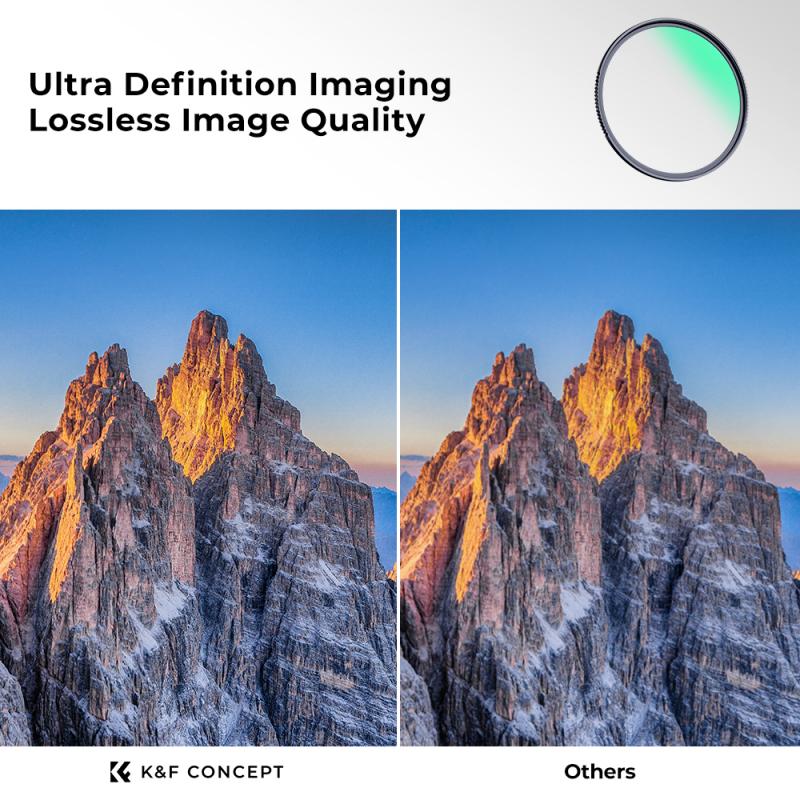
2、 Protects the camera lens from scratches, dust, and moisture.
A UV filter is a transparent filter that is placed on the front of a camera lens. Its primary function is to protect the camera lens from scratches, dust, and moisture. By acting as a physical barrier, the UV filter prevents these elements from directly coming into contact with the lens, thus reducing the risk of damage.
In addition to its protective role, a UV filter also has a secondary function of reducing the effects of ultraviolet (UV) light. UV light is invisible to the human eye but can cause a bluish cast in photographs, especially in outdoor settings. This bluish cast can result in a loss of contrast and color accuracy in images. The UV filter helps to block out this UV light, resulting in clearer and more vibrant photographs.
However, it is important to note that the impact of UV light on digital cameras is minimal compared to film cameras. Digital camera sensors are already equipped with built-in UV filters, so the need for an additional UV filter is not as crucial as it once was. In fact, some photographers argue that using a UV filter can actually degrade image quality by introducing additional glass elements that may cause lens flare or reduce sharpness.
Ultimately, the decision to use a UV filter on a camera lens depends on personal preference and shooting conditions. If you frequently shoot in harsh environments where the lens is at risk of being scratched or exposed to dust and moisture, a UV filter can provide valuable protection. However, if image quality is a top priority, it may be worth considering the potential drawbacks and evaluating whether the benefits outweigh the potential compromises.

3、 Minimizes haze and atmospheric interference in outdoor photography.
A UV filter is a transparent filter that is placed on the front of a camera lens to minimize the effects of ultraviolet (UV) light. UV light is invisible to the human eye but can cause a variety of issues in photography, especially in outdoor settings.
One of the main functions of a UV filter is to minimize haze and atmospheric interference in outdoor photography. When shooting in bright sunlight, UV light can cause a bluish cast in images, reducing the overall clarity and sharpness. By using a UV filter, photographers can effectively block out this unwanted UV light, resulting in clearer and more vibrant images.
Additionally, a UV filter can also provide protection for the camera lens. It acts as a barrier, shielding the lens from potential scratches, dust, and moisture. This can be particularly useful in rugged outdoor environments where the lens is more susceptible to damage.
However, it is important to note that the necessity of a UV filter in modern digital photography has been a topic of debate. Some argue that digital camera sensors are already equipped with UV filters, making an additional UV filter unnecessary. Others believe that while digital sensors do have UV filters, they may not be as effective as a dedicated UV filter placed on the lens.
Ultimately, the decision to use a UV filter on a camera lens depends on personal preference and shooting conditions. If shooting in bright sunlight or in environments where the lens is at risk of damage, a UV filter can still be a valuable accessory for photographers.
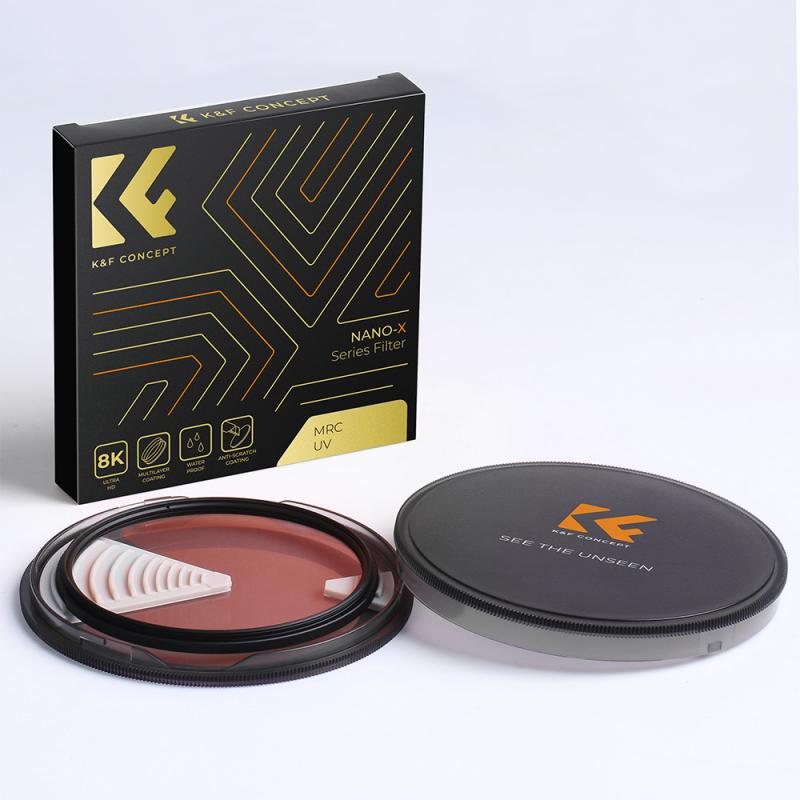
4、 Does not affect color balance or exposure settings.
A UV filter is a transparent filter that is commonly used in photography to protect the camera lens from dust, moisture, and scratches. Additionally, it also serves the purpose of blocking ultraviolet (UV) light from entering the camera sensor.
The primary function of a UV filter is to reduce the haze and bluish cast that can be caused by UV light. In the past, when film cameras were more prevalent, UV light could affect the color balance and exposure settings, resulting in images with a cooler tone. However, with the advent of digital cameras, this issue has become less significant. Modern digital cameras have advanced sensors and automatic white balance systems that can effectively compensate for any color shifts caused by UV light.
Therefore, it can be said that a UV filter does not affect color balance or exposure settings in a significant way. However, it is important to note that using a low-quality UV filter or stacking multiple filters can potentially degrade image quality by introducing lens flare, ghosting, or reducing sharpness. Therefore, it is recommended to invest in a high-quality UV filter from a reputable brand to minimize any negative impact on image quality.
In recent years, there has been some debate among photographers about the necessity of using a UV filter. Some argue that the lens hood provides sufficient protection for the lens, while others believe that a UV filter is still beneficial for safeguarding the lens and reducing the risk of damage. Ultimately, the decision to use a UV filter depends on personal preference and shooting conditions.
